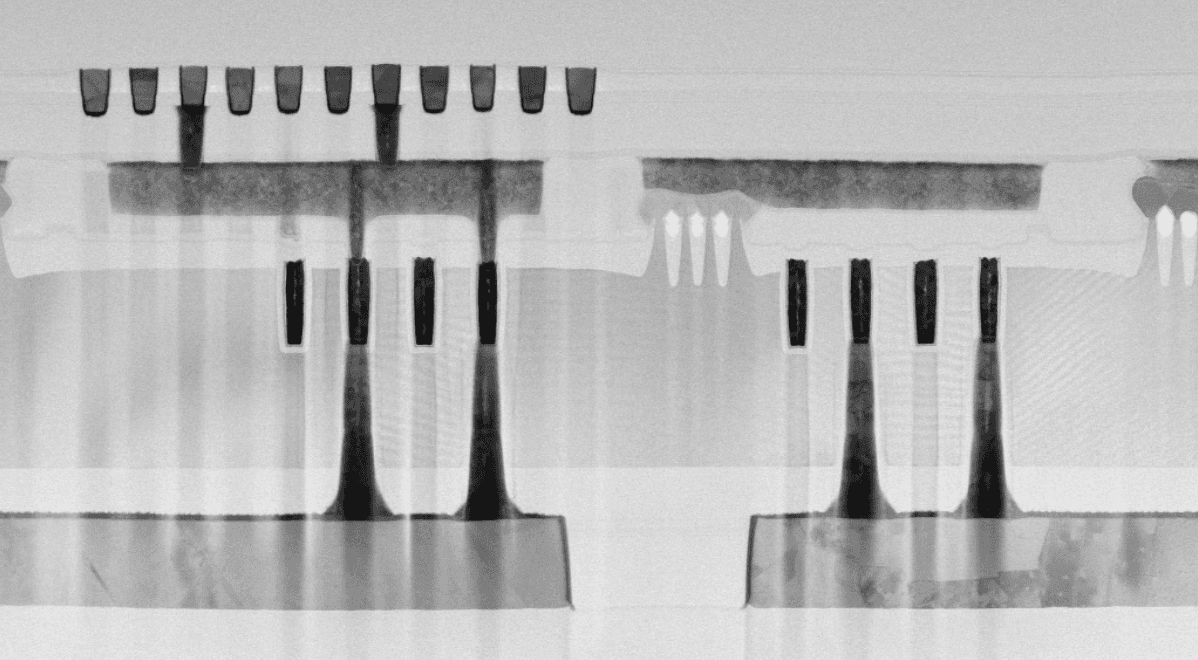Zsolt Tőkei, fellow and program director of nano-interconnects at imec, explains the work behind the first experimental evidence that the resistivity of a thin conductor film on a 300mm silicon wafer can be lower than that of copper or ruthenium. Zsolt explains the research methodology of the project, commenced in 2016, and shares his excitement as to how the research will identify and categorize various binary and ternary alloys that can outperform copper and ruthenium when it comes to interconnect lines.
This video was originally published in Silicon Semiconductor.

Zsolt Tokei is imec fellow, program director nano-interconnects at imec. He joined imec in 1999 and since then held various technical positions in the organization. First as a process engineer and researcher in the field of copper low-k interconnects, then he headed the metal section. Later he became principal scientist, and program director nano-interconnects. He earned a M.S. (1994) in physics from the University Kossuth in Debrecen, Hungary. In the framework of a co-directed thesis between the Hungarian University Kossuth and the French University Aix Marseille-III, he obtained his PhD (1997) in physics and materials science. In 1998 he started working at the Max-Planck Institute of Düsseldorf, Germany, as a post-doctorate researcher. Joining imec, he continued working on a range of interconnect issues including scaling, metallization, electrical characterization, module integration, reliability and system aspects.
Published on:
26 September 2023












